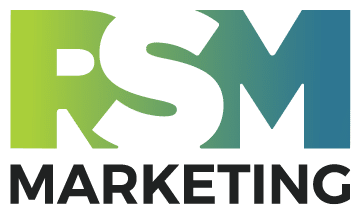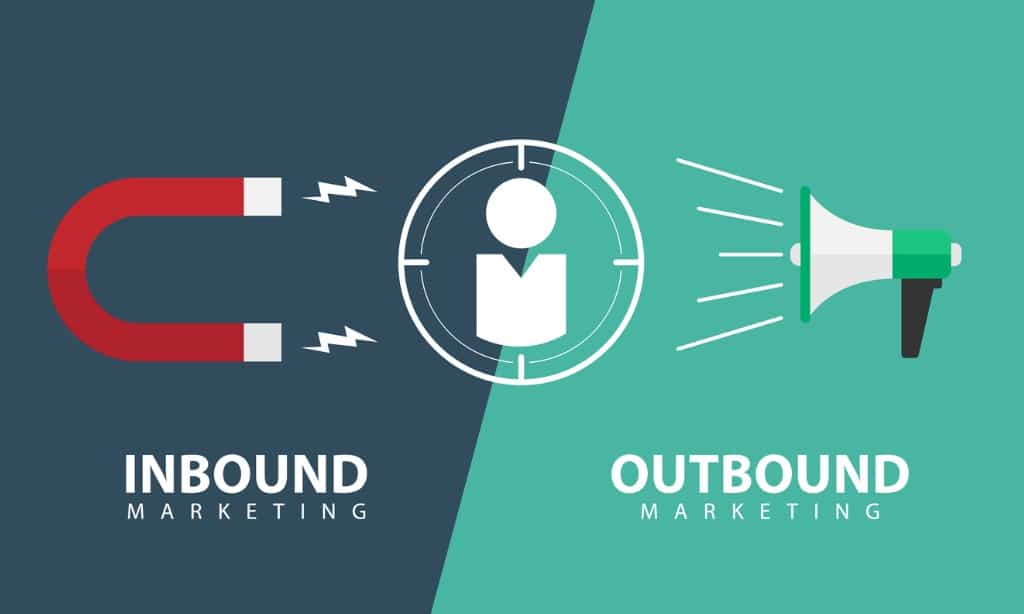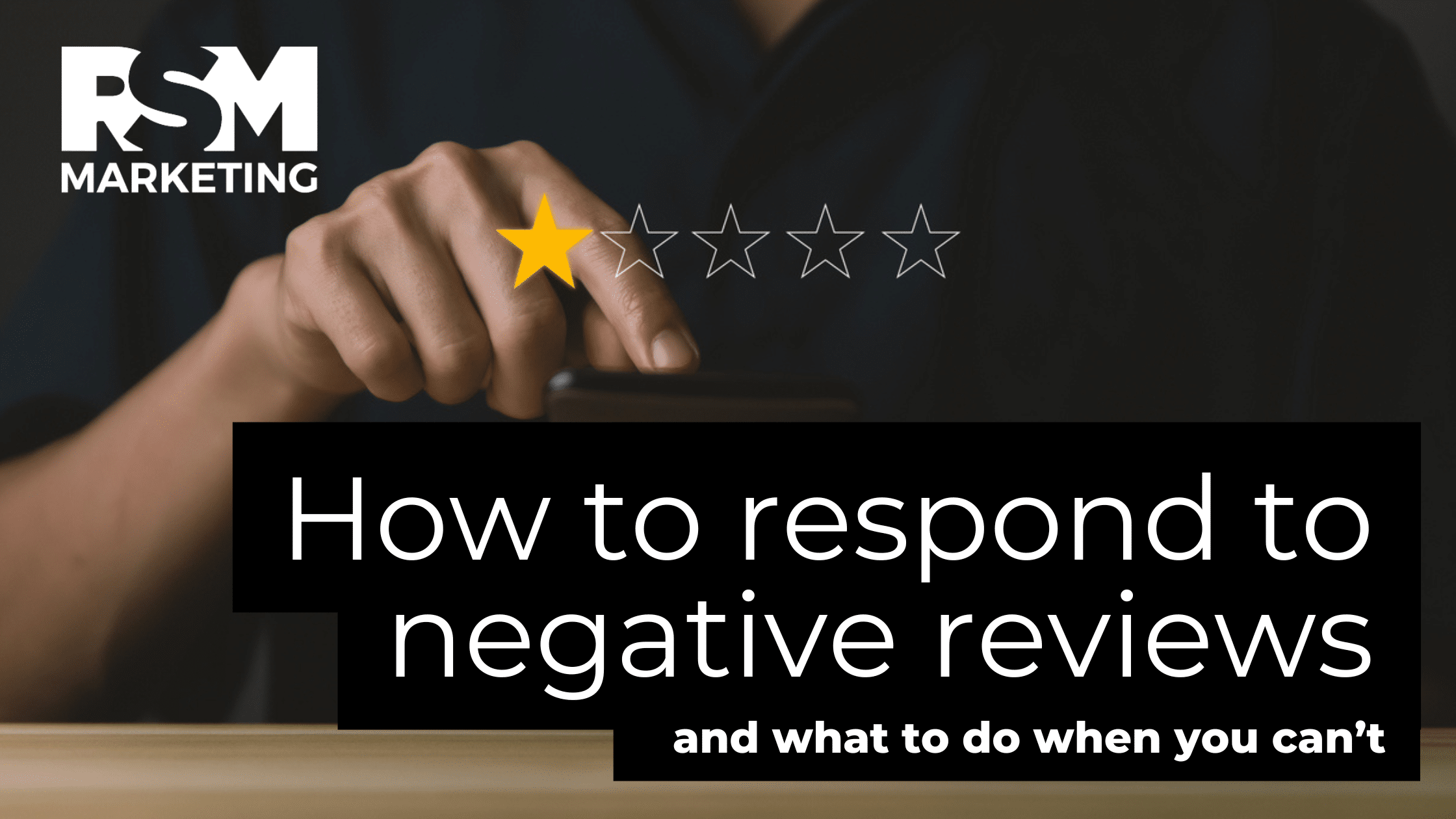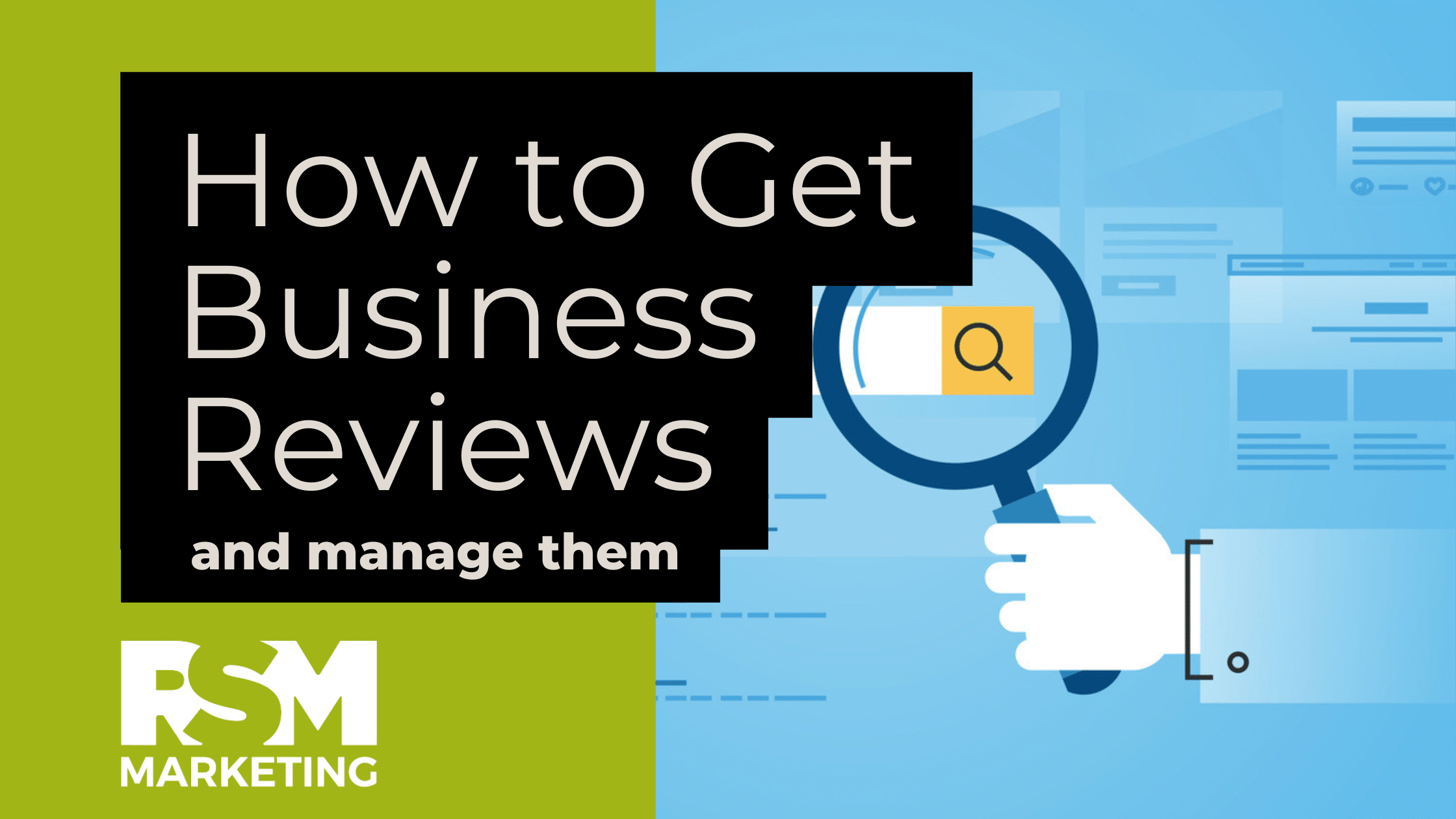With all kinds of marketing lingo out there today, it’s important to remember that, at its core, marketing easily falls into two buckets—inbound and outbound. The difference lies in the initiation. Inbound marketing is initiated by the consumer and outbound marketing is initiated by the marketer.
Some blogs out there will lead to you believe that outbound marketing is inherently bad and that the consumer should always initiate interest.
Here’s the thing, though, inbound and outbound should co-exist. In fact, your marketing will be most effective when they do.
First, let’s dive into the unique value that both inbound and outbound marketing bring.
Inbound Marketing Examples
Let’s say you tell a new acquaintance that you like coffee. The acquaintance remembers that information and later asks, “Do you want to grab coffee sometime?” You agree and pick a time that works with your schedule at your favorite coffee shop.
That’s a condensed example of how inbound marketing works. Consumers express interest in a product or service and control the time and place of that engagement and exchange of information.
The goal of inbound marketing is to attract website visitors and convert them into leads. To do this, brands have to be discoverable online by creating compelling content for search engines and social media platforms.
These efforts can be paid or unpaid. When you appear in a consumer’s search results or they stumble upon your Instagram post because of the hashtags you chose, that’s inbound marketing.
Inbound marketing also nurtures prospects along the customer journey. Remember, inbound marketing focuses on the consumer’s timeline and interests. That said, most brands try to be informative and helpful during this “courtship.”
Drip email campaigns are an excellent example of this:
- First, a prospect may download information from your website in exchange for sharing their email.
- After the exchange, you may send them a series of emails with relevant and helpful information without making a direct push to buy.
Inbound marketing is like laying out a trail of breadcrumbs that attract customers. The objective is to stay top-of-mind until they are ready to take action. Other tactics that can be considered inbound marketing include content marketing, blogging, SEO and live chat.
Outbound Marketing Examples
Now, let’s say a perfect stranger surprises you one day with free coffee. You like coffee, but you didn’t share this information or request the coffee. Do you drink it? Possibly. Do you throw it out? Perhaps. Do you give the gesture some type of thought? Yes! This is an example of outbound marketing.
Outbound marketing is when the marketer pushes messages to their target audience outside of any request they may have made.
Most marketing we encounter as consumers is outbound. In fact, marketing experts estimate that consumers are exposed to 4,000 to 10,000 marketing messages each day!
To be noticed, brands must be disruptive. Sure, consumers research on their own, but they also don’t know what they don’t know.
While today’s consumers are exposed to a lot of content, they quickly decipher the relevancy of a message or stow it away until a usage occasion arises.
It’s the marketer’s job to create compelling content that inspires action or has staying power in a consumer’s short term memory.
Most outbound marketing is paid. And that said, it’s more common to see outbound marketing messages with a sales message. But, outbound marketing messaging can be just as helpful as its counterpart. Some examples of outbound marketing include TV and billboard ads, email marketing, online video ads, display advertising and direct mail.
Inbound & Outbound Marketing: The Perfect Team
Think about your relationship with your friends. Sometimes they take your preferences into account when you make plans. Sometimes they surprise you. Sometimes, you do something with them that you would never have done on your own!
These experiences help deepen relationships and allow us to grow. The same goes for marketing.
The goal is to achieve the right balance.
Get People to Your Website
Most brands, especially new ones, should include outbound marketing in their plans. It will speed up the process of getting people to your website and becoming customers!
You don’t have to do it all to be effective, either.
Determine your budget and then pick one to two mediums that you can commit to for at least 6 months to a year. This is called brand awareness! If you can’t financially commit to continued efforts for this amount of time, wait until you can.
Remember the thousands of outbound marketing messages consumers are exposed to every day? If they only hear your radio spot once or twice, will it be enough to take any action? Probably not.
Before you run your outbound marketing, make sure you’re easy to find. If someone remembers your radio spot or direct mailer and has an interest, they’re going to look for you or the product/service you’re promoting online.
Here’s what you should think about:
- Does my company have a dedicated website?
- Does my website make sense to someone who’s never heard of my product/service? If you don’t know, ask a family member or friend to test it out for you.
- Do I use “internal” or “industry” speak on my site instead of terms the consumer may search for or understand? (Friends and family can help with this one, too!)
- Is the action I want consumers to take on my website clear?
- Do I have an active presence on at least one social media platform?
- Do I link to my official social media platform(s) on my website?
- Do I post engaging content on social media?
- Do I use relevant hashtags in my social media posts?
Getting to “yes” on the questions above will make your brand more discoverable online!
After You Get Them to Your Website
Here’s where inbound and outbound marketing can be extremely valuable. Once a consumer goes to your site, you can be a squeaky wheel in the customer journey. Remember, the squeaky wheel gets oil—or in your case, a lead.
Make sure Google Analytics is installed on your site and linked to your Google AdWords account so that you can build a remarketing list.
We’ve all seen ads for websites we just visited. That’s not magic, that’s remarketing—an excellent outbound marketing tactic that can keep your product or service top of mind. If you install the Facebook tracking pixel on your website, you can target consumers with remarketing ads there, too.
Getting consumers to your site is valuable, but getting them to share their email or cell phone number is the creme de la creme. If you can get a consumer to opt-in to your eblast or download information for your site in exchange for that information, you can let inbound marketing get to work!
Drip email campaigns are an effective way to offer helpful information to consumers and nurture them along until they are ready to make a purchase. Send consumers an immediate message when you get their information.
It can be a simple “Welcome!” email, a coupon or helpful tidbit. From there, send them a couple more emails that are closer together (days or a couple of weeks apart) and then you can back off on your sending frequency. You want to start with a bang but you don’t want to clog up their inbox, either.
Consumers who feel like a brand remembers them and cares about them are more likely to show brand preference and choose your product or service over other options.
Find the right inbound and outbound marketing mix for your company and let them piggyback off each other.
For guidance on striking the right inbound and outbound marketing balance, reach out to the marketing experts at RSM Marketing!
Contact Managing Partner Mike SnyderWe often get a subscription scope and rate worked out in a day and can have started work within a week!316-619-3962
[email protected]





